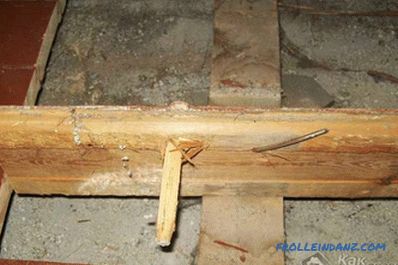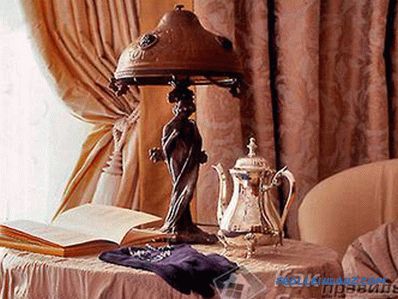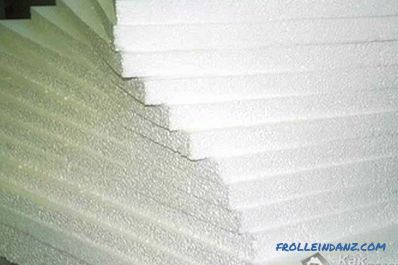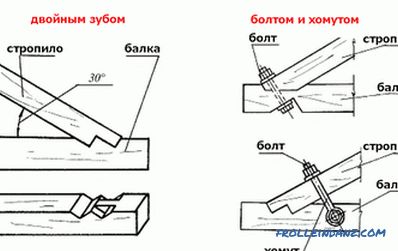Repair is always a big expense. If there is an opportunity to save, everyone tries to use it. For example, when repairing a bathroom, you can take care of the restoration of enamel instead of buying a new sanitary equipment.
Methods of recovery
A new coat can be applied to the bath in several ways, using:
- enamels produced in cans,
- enamels in aerosol,
- acrylic liner.
 Bath enameling products
Bath enameling products
Each method has its pros and cons. Choosing enamel in cans, you can get a strong new coating, however, efforts will have to be made much more than when applying an aerosol coating. Installing an acrylic liner is technologically complex, but the result will exceed all expectations.
Preparatory stage
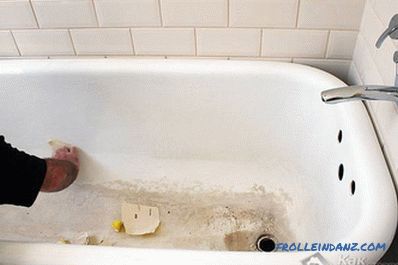 Remove the old coating
Remove the old coating
Before you restore the enamel, you need to take preliminary measures to clean the bath from the old coating. For this it is necessary:
- Sprinkle the entire surface abundantly with any abrasive cleaning powder.
- Using emery paper straight on the powder, thoroughly clean the surface of the old coating.
- Check the work done and the places where the old coating still remains, clean it again with a powder and emery paper.
- As soon as the old layer is removed, the bath should be filled with maximally hot water for 15-20 minutes.
- After the appointed time has elapsed, it is necessary to drain the water and thoroughly dry the entire surface of the sanitary equipment.
The preparatory stage, and most importantly, the quality of performance of all its operations, significantly influences how the new enamel will lie on the surface. The worse the cleaning is, the less the new coating will last.
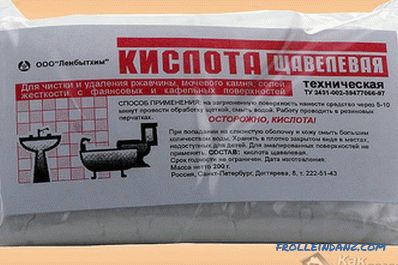 Oxalic acid
Oxalic acid
There are cases when rust is so ingrained in a bath that it is washed it does not work with ordinary cleaning products and sandpaper. The problem will help eliminate oxalic acid. The drug must be mixed with water to a state of liquid slurry. Using a cloth pad, apply the mixture to the most contaminated areas. The duration of oxalic acid should not exceed 25-30 minutes. Wash it off with hot water.
Bath primer
The restoration of enamel is required to begin with a degreasing surface. To do this, you can use regular acetone or gasoline. The tool is applied using an ordinary cotton swab. The degreasing procedure can be considered complete when the fully treated bath is filled with hot water for 10 minutes.
 Universal acrylic primer
Universal acrylic primer
After processing the surface of the sanitary equipment, let it dry, then proceed directly to the primer.
The primer is applied with a brush or a thin roller with a thin layer.
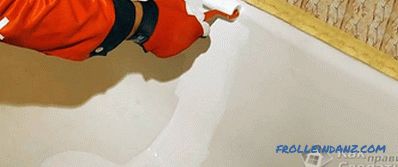 Painting the bath - applying a primer
Painting the bath - applying a primer
After the primer, the bath should dry well. Then it should be sanded again, cleaned of dust and dried.
Use a primer and coating from one manufacturer and one series, this will get the best result.
Restoration of enamel
After priming, the coating can be renewed. If you plan to use paint in cans, you will need a medium-sized mohair roller. Enamel in a can of aerosols can be applied without special tools.
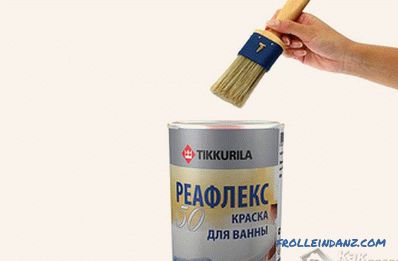 Bath enamel
Bath enamel
The new coating should be applied in two layers. If the enamel is purchased in the bank, it is important to pay attention to the presence of stains and carefully level the applied layer. When using an aerosol such problems do not occur.
However, the composition of the spray paint contains a fairly large amount of solvent, which adversely affects the service life of the new coating. If canned enamel can last for 5 years, and with careful treatment and more, the service life of spray paint - no longer than 3-4 years.
Before repairing a bath, you need to remember the limitations that appear when using updated sanitary equipment:
- first, you cannot use abrasive powders for cleaning;
- secondly, it is absolutely impossible to soak the laundry - this greatly increases the risk of damage to the coating;
- thirdly, when starting hand-washing in different containers - for example, in the pelvis - you need to make sure that laundry detergent or bleach did not get on the restored surface.
Video
See how to properly restore a bath with liquid acrylic:

